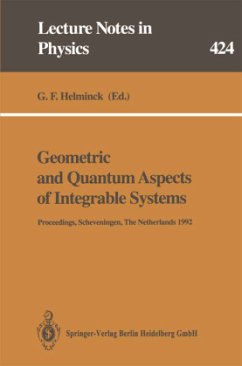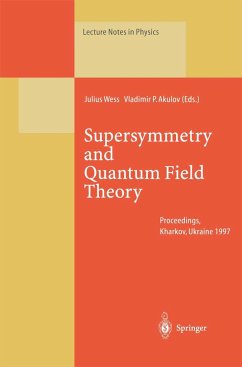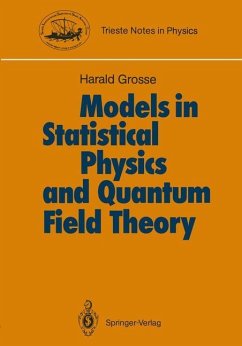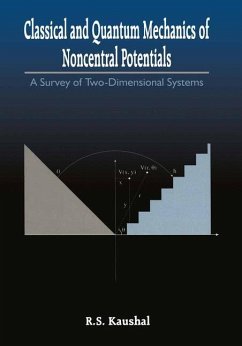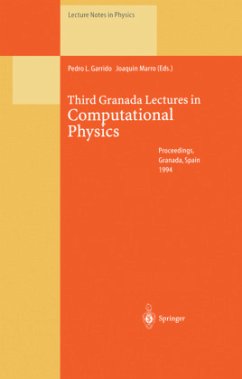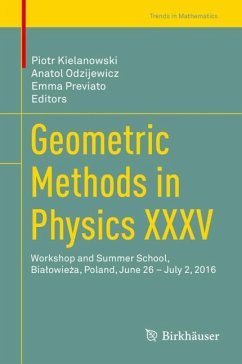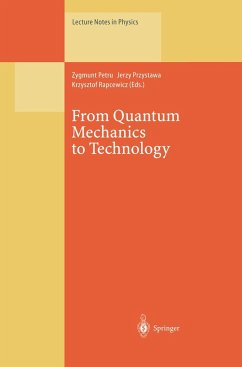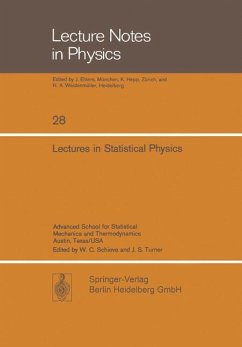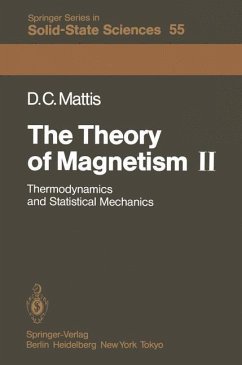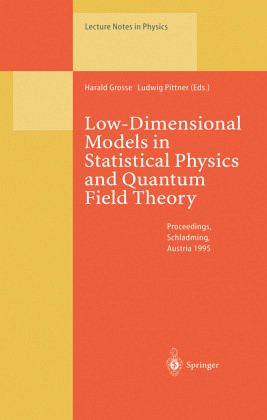
Low-Dimensional Models in Statistical Physics and Quantum Field Theory
Proceedings of the 34. Internationale Universitätswochen für Kern- und Teilchenphysik Schladming, Austria, March 4-11, 1995
Herausgegeben: Grosse, Harald; Pittner, Ludwig
Versandkostenfrei!
Versandfertig in 1-2 Wochen
77,99 €
inkl. MwSt.

PAYBACK Punkte
39 °P sammeln!
This book contains thoroughly written reviews of modern developments in low-dimensional modelling of statistical mechanics and quantum systems. It addresses students as well as researchers. The main items can be grouped into integrable (quantum) spin systems, which lead in the continuum limit to (conformal invariant) quantum field theory models and their algebraic structures, ranging from the Yang-Baxter equation and quantum groups to noncommutative geometry.



